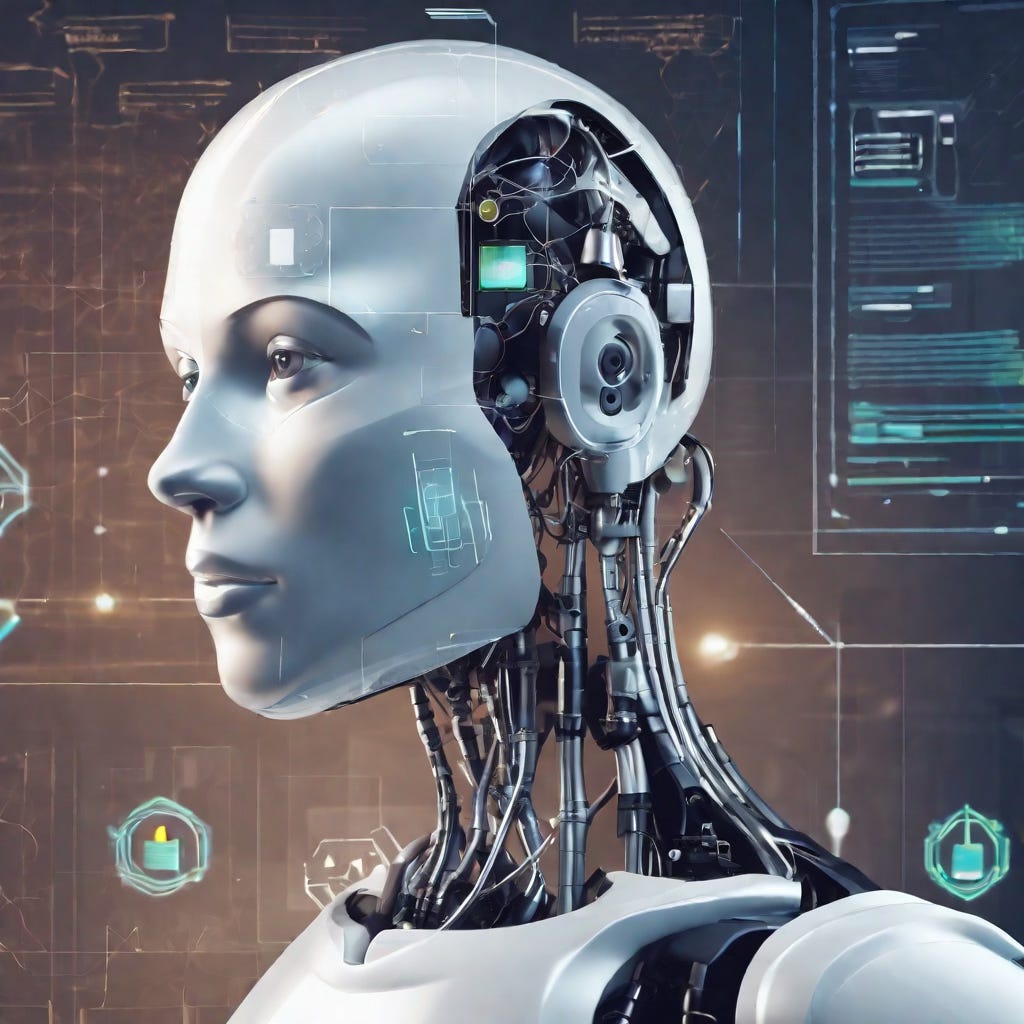It is still too early to say what the long-term impact of the drama (some say chaos) at OpenAI will be on AI safety. However, it is clear that the company's future is uncertain; only time will tell whether OpenAI will be able to regain its footing and continue to be both an industry leader and a force for good in the development of AI technology and solutions.
Since its inception, OpenAI was a pioneer in developing large language models (LLMs) and advanced AI technologies, playing a crucial role in advancing generative AI – including ChatGPT. However, the company has faced criticism for its lack of transparency, relationship with Microsoft and the release of powerful AI tools without the types of safeguards that were outlined its mission (stated in its charter here) to be safety conscious.
Altman's dismissal has raised doubts about OpenAI's ability to maintain its leadership position in the AI industry as a trusted steward guiding the appropriate use of AI for all of humanity. According to reports, the ousting was due to the fact that some board members grew concerned that under Altman's leadership, the company might prioritize commercial interests over safety, potentially leading to the creation of dangerous or unethical AI systems.
OpenAI's new CEO, Emmett Shear, went on the record yesterday via X to clarify that Altman's removal was not due to a specific safety disagreement but for different reasons. Shear emphasized the board's support for commercializing their AI models, indicating a possible shift in the company's direction. Time will tell where that goes.
What are AI Safety Measures?
As this is an emerging area, it’s important to outline some of the most critical AI safety measures, including:
Testing and Evaluation: The testing and evaluation of AI systems before they are deployed in real-world environments to identify and mitigate potential risks.
Monitoring and Control: This usually includes both technical monitoring to ensure that the system is functioning as expected, and human oversight to detect and address any ethical or safety concerns.
Transparency and Explainability: AI systems should be transparent and explainable so that users can understand how they work and why they make certain decisions, which is important for building trust in AI systems and for ensuring that they are used in a responsible manner.
Resilience to Hacker Attacks: AI systems should be robustly designed to be resilient to cybersecurity threats and hacker attacks, which are attempts to manipulate the system into performing potentially catastrophic actions by “bad actors”, such as nation states, terrorism groups, organized crime and others.
Alignment with Human Values: Testing to ensure the inclusion of human values, such as fairness, justice, and safety is critical for ensuring that AI systems are used for good and do not cause harm.
In addition to these general measures, there are also a number of specific AI safety measures that are tailored to different types of AI systems. For example, AI systems that are used to make decisions in high-stakes applications – such as autonomous vehicles, military applications or healthcare – are subject to more stringent and wide-ranging continency safety measures than AI systems than are used for entertainment purposes (e.g., games) or business use cases.
Obviously, the development and implementation of AI safety measures is an on-going process that will require oversight at every level. As AI systems become more sophisticated and powerful, it will be important to adapt and refine these measures to keep pace with the latest advances in AI technology.
The recent events at OpenAI highlight the urgent need for a more transparent approach to AI development and marketing. There is also a belief among enterprises, analysts, industry leaders and government regulators that AI safety should be a top priority, and that companies should be held accountable for the potential harms caused by their AI products.
Once again, time will tell.


